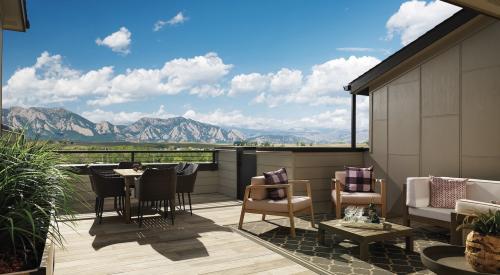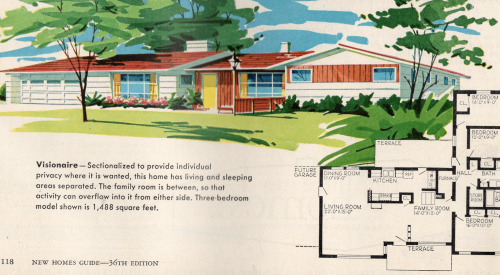A recent Pew Research Center survey found that six in ten adults prefer to live in a community with larger homes and where retail stores and schools are far away. That choice is up 7% from a 2019 survey while 39% of respondents wanted a smaller house in a community where schools, stores, and restaurants are within walking distance, which was down 8 points since 2019.
This shift has occurred during the coronavirus outbreak and the accompanying period of telework, remote schooling and pandemic-related restrictions on indoor dining and other indoor activities.
As in the past, Republicans and Republican-leaning independents are more likely than Democrats and Democratic leaners to say they want to live in a community with larger houses even if there are greater distances to schools, shops and restaurants. Today, 73% of Republicans say this, up from 65% in September 2019. About half of Democrats (49%) now say they would prefer to live in a more widely spaced community, up from 42%. In 2019, a 58% majority of Democrats expressed a preference for communities with smaller houses and greater proximity to schools and amenities.
To see more about how preferences for communities with larger houses are far away retail shops, dining and schools has increased across partisan, age, educational and racial and ethnic groups.













